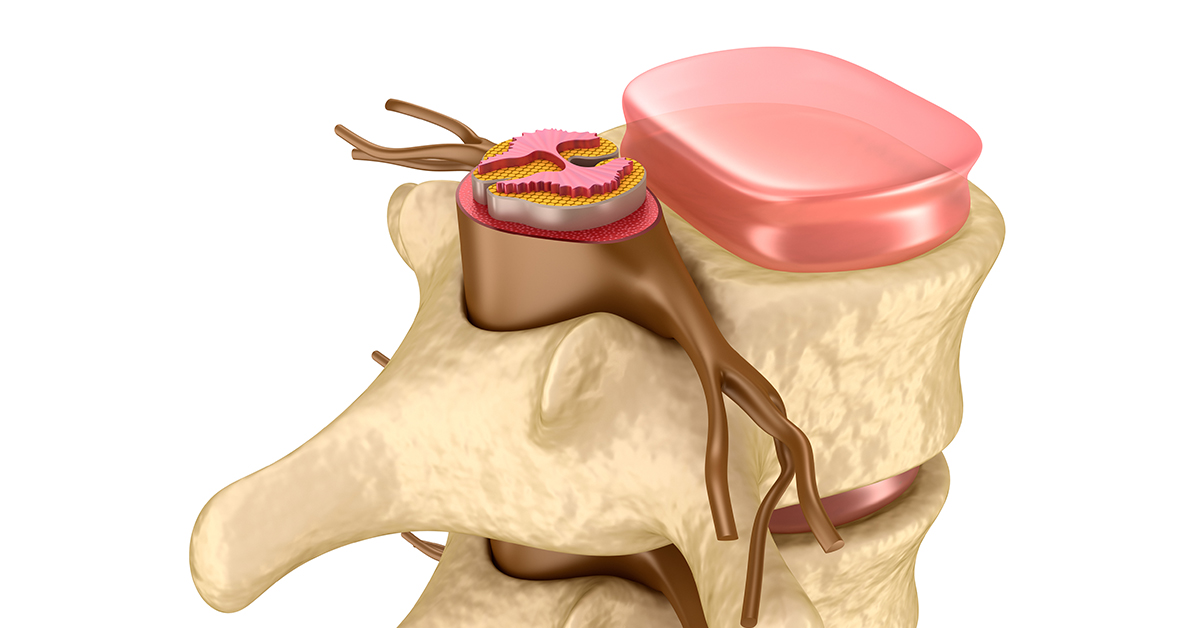Nucleoplasty is a minimally invasive procedure used to help with back pain from mild disc herniation.

What is Nucleoplasty?
Nucleoplasty is a clinical procedure which is performed in patients who suffer from mild disc hernia. It is a minimally invasive procedure which involves the removal of the central nucleus pulposus within the intervertebral disc.
Who needs Nucleoplasty?
In cases of intervertebral disc hernia, gradual compression of the disc results in the opening up of the annulus fibrosis resulting in the nucleus pulposus protruding out of it. The protrusion can occur to an extent where it compresses the nearby nerve fibers, causing pain and other symptoms. Nucleoplasty involves removing this excessive nucleus pulposus material that is compressing on the nerves, relieving the pain.
What are the steps in Nucleoplasty?
Preparing for the Procedure
The procedure is performed under sedation and is minimally invasive. The patient lies on their front and the area where the procedure is to be performed is cleaned with an antiseptic solution. Local anesthetic is injected into the skin.
The patient is monitored throughout the procedure and may feel a slight amount of discomfort and pressure when the procedure is being performed. The entire procedure can take up to an hour to complete.
Inserting the Needle
Under the guidance of an x-ray machine, or fluoroscope, a needle is inserted all the way to the level of the protruding nucleus pulposus.
Extracting the Excess
A device is inserted along the needle that will extract the excessive nucleus pulposus. The area is then sealed so that further protrusion does not occur in the future.
After Surgery
As it is expected with any surgical procedure, there will be slight amount of pain and discomfort. However, the mild sedation that is given combined with the effect of the local anesthetic will minimize this to an extent where patients may not feel anything at all other than a mild pressure in the area.
The patient is observed for a short period of time and is discharged home. The advice to take a rest for the remainder of the day and apply ice packs to the area in case there is any pain or swelling. Any strenuous activity should be avoided for a couple of weeks at least, following which physical therapy may be offered to the patient.
Patients experience good resolution of their symptoms and find that the pain that they were experiencing is significantly better.
As this procedure is minimally invasive, it has very few risks. Patients experience mild pain and discomfort following the procedure which usually passes with time. Occasionally, the needle that is passed into the back can irritate nearby nerves and cause tingling and pain. These complications are rare as the procedure is performed under x-ray guidance.

